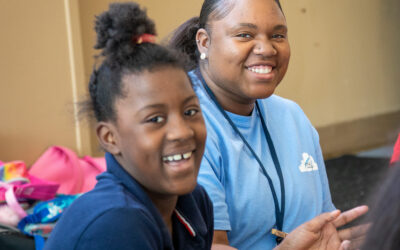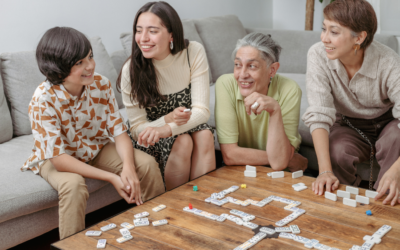It’s easy to understand why social emotional skills are beneficial for students. What’s not so simple is trying to fit everything you need to do into the school day—especially with limited time and resources.
We’re sharing five quick and easy ways to teach life skills—all in under five minutes a day. Whether you’re a teacher, counselor, afterschool staff, or administrator, these tips will help you integrate SEL into your daily routine without sacrificing valuable instructional time.

- Be intentional about greeting your students in a welcoming way so that they feel safe and know that you are excited to have them there! Check out a list of special greetings and handshakes for more inspiration.
- Allow opportunities for students to share something at the start of their time with you to help the group learn more about each other, form stronger bonds, and build relationships with each other. Learning about others also aids students in building their social awareness, by stepping into other students’ shoes.
- Sharing could be as simple as a question of the day that students answer, or asking their preference between two options. Try some conversation starters to get kids talking.
2. Check-in at the start of the day
- As students come into your space, have them “check-in” and share how they are feeling.
- This could be as simple as pointing to what emotion they are feeling on the emotional alphabet poster, or by answering a prompt in their journal like “What emotions do you experience when you have to try something new?”
- Providing students the opportunity to share their emotions helps them to self-reflect and evaluate their true feelings instead of simply rushing through the day. When students share, it benefits you, too! Knowing where your students are emotionally can help you know how to reach each student.
3. Build relationship skills with group activities
- Help students get to know each other by preparing group prompts to use during group activities.
- Allowing students to collaborate, problem solve, and listen to others in a safe, monitored group setting empowers them to build better connections with each other,
- Group activities are a prime time for students to develop teamwork skills. Sharing strengths and weaknesses, being open to everyone’s ideas, and compromise are all elements of building and maintaining relationships and teams.
4. Foster responsible decision-making skills by encouraging kids to reflect on their choices
- Set aside time, preferably at the end of your time with students, to allow them to reflect on the choices they made throughout the day. We call it Share Your ID.
- Sharing your ID can be about a great choice or a mistake they made. It’s all about taking responsibility and saying “I did ….”
- Reflecting on choices allows students to be proud of their choices in front of their peers and creates the space for their peers to be proud and offer praise.
- Thinking about their decisions also helps them take accountability for any mistakes they might have made, and encourages them to not make those same mistakes again.
5. Create an end-of-day closing routine
- Just like you begin the day with a check-in, you can also close the day with an end of day reflection routine.
- At the end of the day, choose an intentional reflection question for students to talk about and share. The question could be related to a theme you are studying or a social emotional skill you are focusing on. Call on students to share their responses or have them write in a journal.













